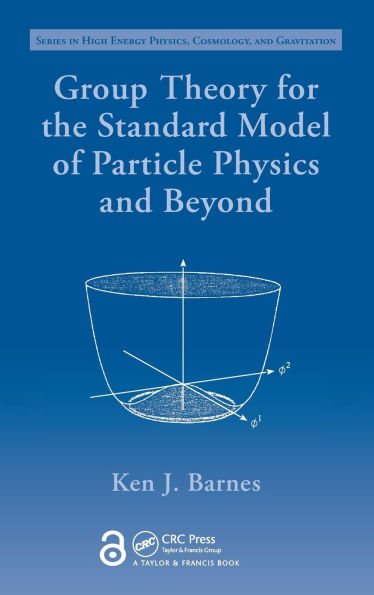After linking symmetries with conservation laws, the book works through the mathematics of angular momentum and extends operators and functions of classical mechanics to quantum mechanics. It then covers the mathematical framework for special relativity and the internal symmetries of the standard model of elementary particle physics. In the chapter on Noether’s theorem, the author explains how Lagrangian formalism provides a natural framework for the quantum mechanical interpretation of symmetry principles. He then examines electromagnetic, weak, and strong interactions; spontaneous symmetry breaking; the elusive Higgs boson; and supersymmetry. He also introduces new techniques based on extending space–time into dimensions described by anticommuting coordinates.
Designed for graduate and advanced undergraduate students in physics, this text provides succinct yet complete coverage of the group theory of the symmetries of the standard model of elementary particle physics. It will help students understand current knowledge about the standard model as well as the physics that potentially lies beyond the standard model.
After linking symmetries with conservation laws, the book works through the mathematics of angular momentum and extends operators and functions of classical mechanics to quantum mechanics. It then covers the mathematical framework for special relativity and the internal symmetries of the standard model of elementary particle physics. In the chapter on Noether’s theorem, the author explains how Lagrangian formalism provides a natural framework for the quantum mechanical interpretation of symmetry principles. He then examines electromagnetic, weak, and strong interactions; spontaneous symmetry breaking; the elusive Higgs boson; and supersymmetry. He also introduces new techniques based on extending space–time into dimensions described by anticommuting coordinates.
Designed for graduate and advanced undergraduate students in physics, this text provides succinct yet complete coverage of the group theory of the symmetries of the standard model of elementary particle physics. It will help students understand current knowledge about the standard model as well as the physics that potentially lies beyond the standard model.

Group Theory for the Standard Model of Particle Physics and Beyond
256
Group Theory for the Standard Model of Particle Physics and Beyond
256Hardcover

Product Details
| ISBN-13: | 9781420078749 |
|---|---|
| Publisher: | Taylor & Francis |
| Publication date: | 03/10/2010 |
| Series: | Series in High Energy Physics, Cosmology and Gravitation |
| Pages: | 256 |
| Product dimensions: | 6.40(w) x 9.30(h) x 1.00(d) |
